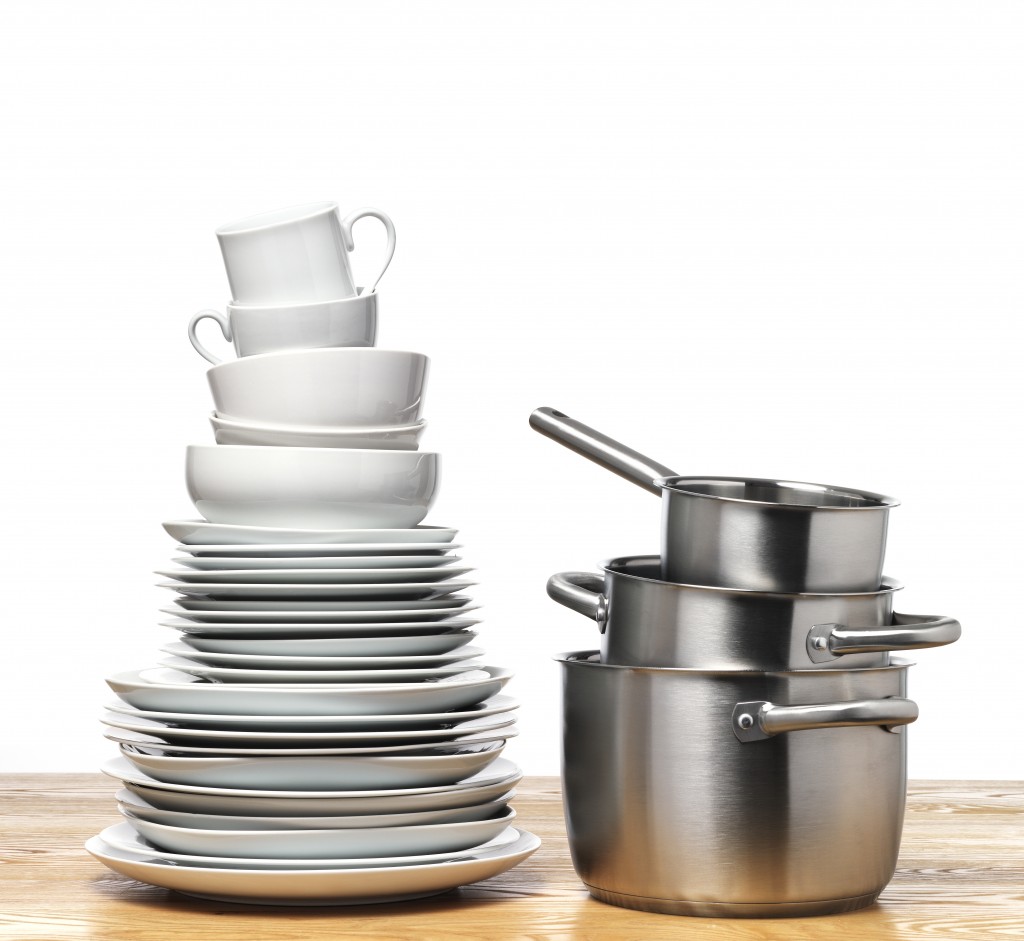Aluminum is one of the alloys that you commonly see every day. It is durable and not that expensive to produce. There are many uses for it, from household items such as aluminum foil to industrial fare such as using aluminum MIG wire for welding.
You may be wondering how aluminum products reach their final form. It’s interesting to see that it can range from being a sheet that can be crumpled and rolled to a solid slab of hard alloy. It has to undergo a lengthy process to be like those.
Machining
The machining process is where most of the magic happens. This can be via extrusion or computer numerical control (CNC) routing.
Extrusion is the action of pushing an object through a hole. What comes out at the end is the final extruded product. You can modify the hole to create various shapes.
For aluminum products, the extrusion process starts with the preparation of the material. The alloy is formed into billets. These are shaped like small logs. They get collected and lined up, forming a very long queue that leads to the processing machine. The billets roll on through the assembly line. They first go through a heating stage, where they soften. The next stage is where they are positioned near the hole, where they will be extruded.

A giant hydraulic press pushes them out with tremendous force. The extruded product will then have to be stretched and straightened out. The final stage is where they will be cut into size. This whole process is ideal for making long aluminum bars in high quantities.
CNC has a computer aid in the precise cutting of the aluminum. Unlike extrusion that starts with billets, the alloys that will be processed via CNC routing should come in sheets. The dimensions or designs will be loaded onto the machine’s console. The sheets have to be in the correct places before they are cut. Once everything is in place, they will be cut accordingly by the router. CNC machining is great for those who have customized plans for aluminum materials.
Finishing
Aluminum has many looks. It can be dull, rough, or shiny. Here are some common finishes for the alloy:
The anodization process starts when the aluminum material is thoroughly cleaned before being dipped into an anodizing substance. Once that is done, the alloy is electrically charged. This creates an oxidized layer that provides the texturized finish. The final product has a matte surface.
The brushed look is another popular finish, seen in some electronic products such as A/V systems. The process for this is quite simple. The material only goes into a machine. At its end, there is an arm above that holds abrasive material. This will then come into contact with the surface of the alloy, where the motorized arm will make long and multiple brushing strokes until the desired effect is reached.
Aluminum can also be shined like a mirror. All that is done here is gradual sanding and the application of a shining substance. These are mostly seen on kitchen surfaces. The shininess will be an indicator of its cleanliness.
Who knew that you can make products that have a variety of looks? It’s great to know that it can be produced quite easily. Aluminum is a truly versatile material.

